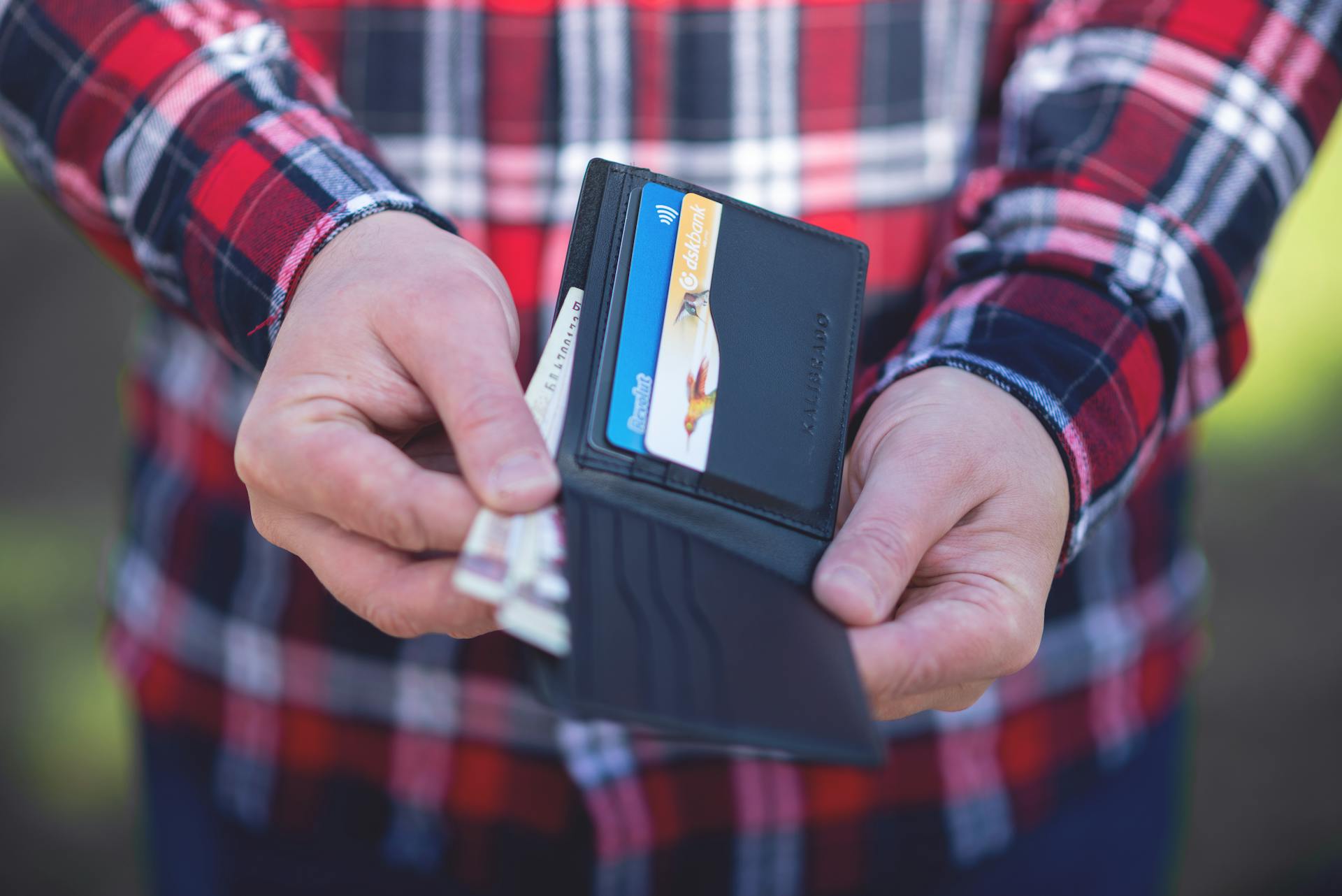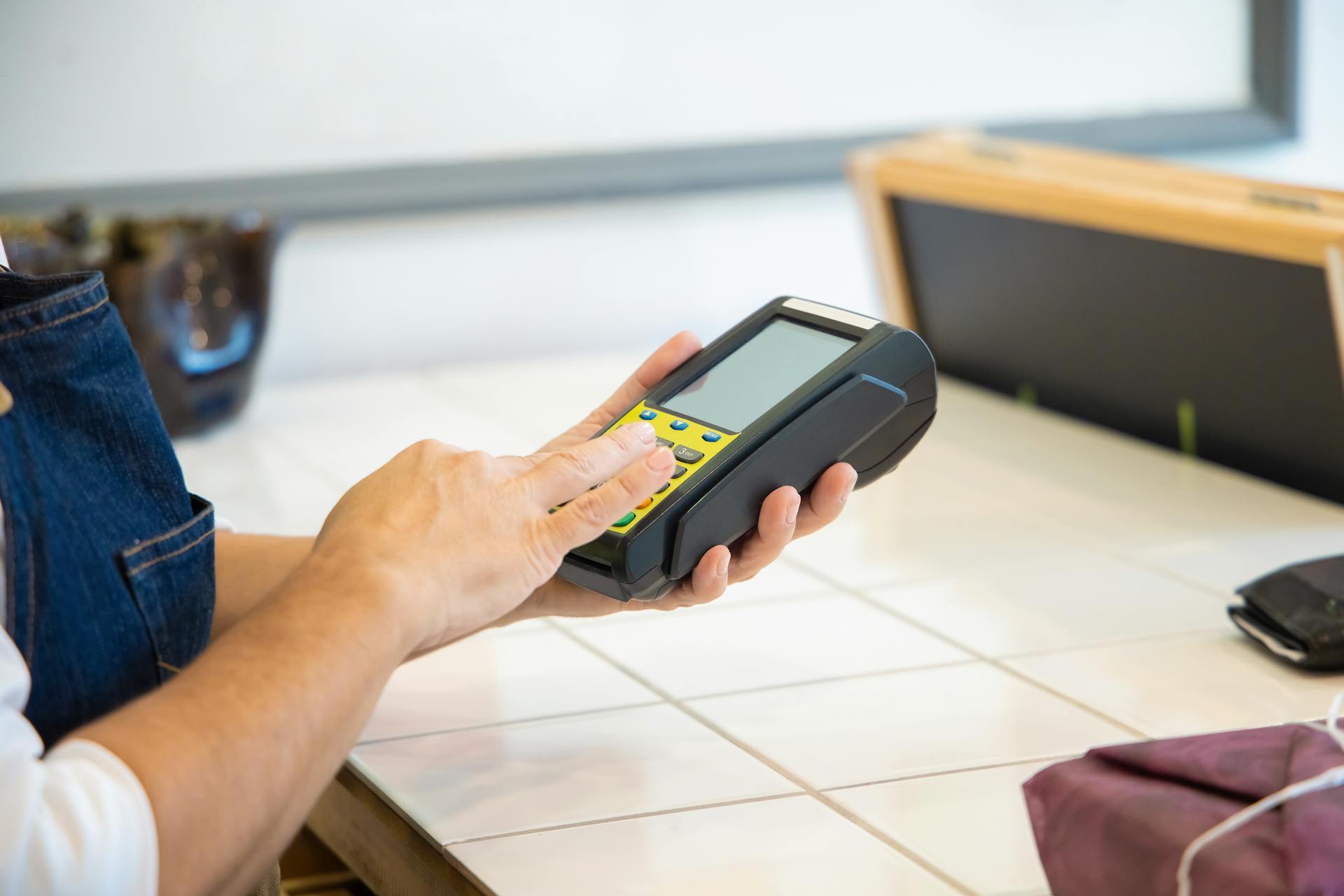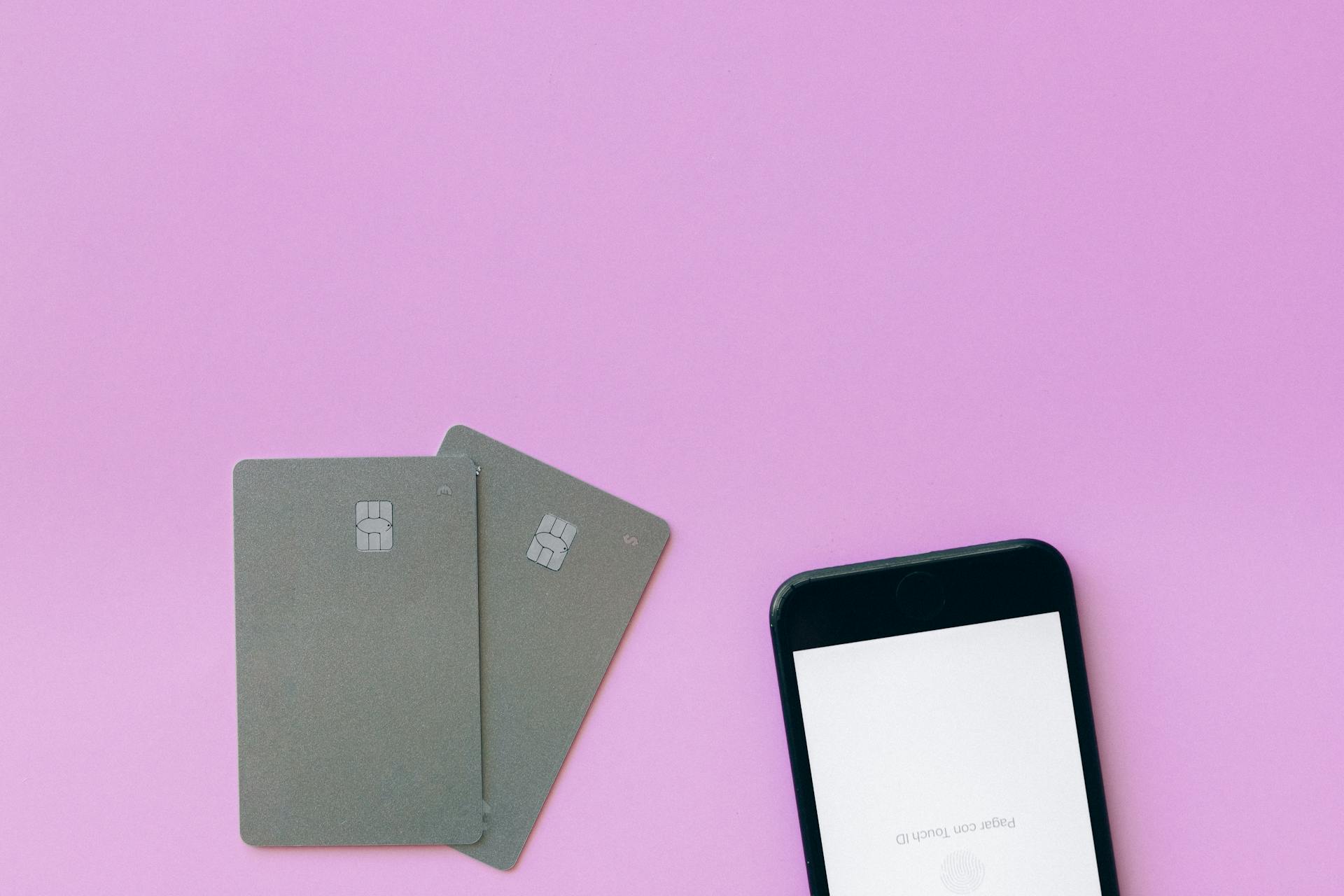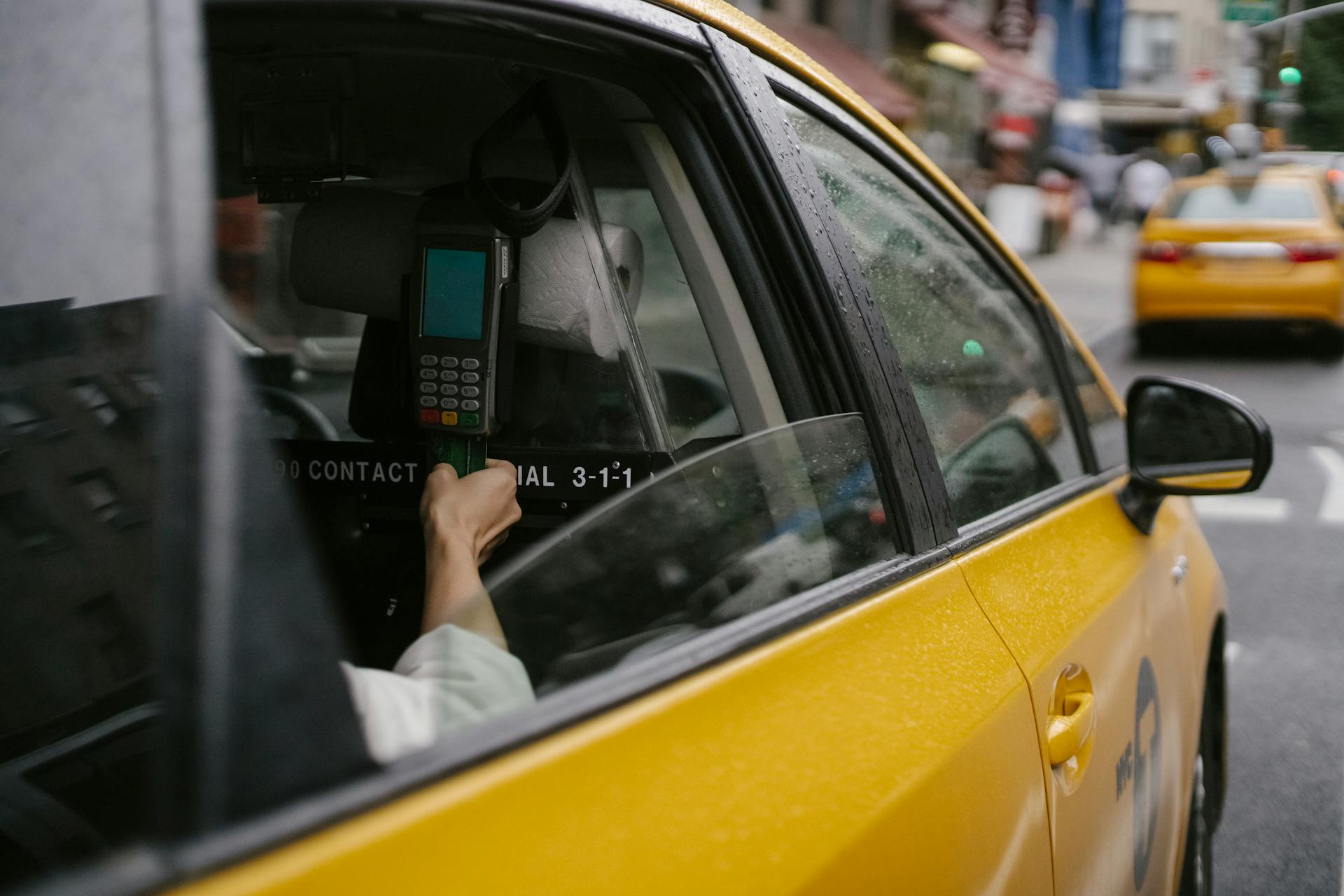
Secured credit cards can be a great way to start building credit, but they often come with a trade-off: a required security deposit that's equal to your credit limit. This can be a significant upfront cost.
To upgrade to an unsecured credit card, you'll typically need to make timely payments on your secured card for a certain period, usually 6-12 months. This demonstrates to lenders that you can manage credit responsibly.
As you make consistent payments, your credit score will begin to rise, and you'll become a more attractive candidate for unsecured credit. In fact, studies have shown that credit scores can improve by up to 100 points within a year of opening a secured credit card account.
Understanding the Upgrade Process
The upgrade process for a secured credit card to an unsecured credit card can be complex, but it's definitely possible with responsible use. Each issuer has its own policies, timelines, and requirements for changing to an unsecured card.
You can typically qualify for an upgrade after six to 12 months of responsible use, though the exact timing depends on the card issuer. Contact your credit card issuer to find out when you may become eligible to upgrade your secured card.
The main difference between secured and unsecured cards is the security deposit. Unsecured credit cards don’t require a deposit to open the account.
You may be eligible to upgrade if you've been using your credit card regularly for several months, consistently paying your full balance on time, and your credit score has improved. However, you may not be ready for an upgrade if you've missed payments, often charge more than you can afford, and only pay the minimum each month.
Several issuers of secured credit cards automatically review cardholders’ accounts after a predetermined time to determine if they qualify to make the switch. That time frame can be anywhere from six to 18 months.
Not all secured cards allow graduation to unsecured cards. If your card does not offer this functionality, you may ask your issuer if it’s willing to upgrade you to a new unsecured card. If this is not possible, you may consider looking at cards from other issuers for which you might qualify.
Issuer's Policies and Considerations
Each issuer has its own policies and requirements for upgrading a secured card to an unsecured card. Some issuers may automatically upgrade your secured card once you become eligible, while others may not.
You should look into how your issuer handles secured card upgrades and get in touch if you have any questions. This will help you understand the process and what to expect.
If your issuer offers unsecured cards, a straight-up card switch might be possible, as is the case with Capital One, which has a popular secured card as well as unsecured options for people with average credit.
To determine the best course of action, consider the following steps:
- Check with your issuer to see if they automatically upgrade secured cards or if you need to apply for an unsecured card.
- Find out if your issuer offers unsecured cards and what the requirements are for approval.
- Understand the process for closing your secured card account and getting your deposit back.
Issuer's Policies
Each issuer has its own policies and requirements for upgrading a secured card to an unsecured card. Some issuers may automatically upgrade your secured card once you become eligible.
Capital One, for example, has a popular secured card as well as unsecured options for people with average credit. You can get your deposit back and keep your account open when you upgrade to an unsecured card from the same issuer.

If the issuer of your secured card also offers unsecured cards, a straight-up card switch might be possible. However, not all secured card issuers even offer unsecured cards.
Here's a possible scenario if your issuer doesn't offer unsecured cards:
- Once your credit improves, you apply for an unsecured card you can qualify for.
- After you're approved for the new card and your account is open, pay off any remaining balance on the secured card, close it and get your deposit back.
Review Your Score
Before reviewing your credit score, understand that it's a key component in determining your creditworthiness.
Your credit score is a three-digit number that can range from 300 to 850. Aim for a score that will make you attractive to potential unsecured card issuers, with a goal of 700 or higher.
A good credit score can help you qualify for better interest rates and terms on credit cards.
Here's an interesting read: How Much Will a Secured Credit Card Raise My Score
Benefits and Next Steps
Making the switch from a secured to an unsecured credit card can be a significant financial milestone. It opens the door to higher credit limits, better reward programs, and lower interest rates.
To make this transition, you need to manage your finances well and pay attention to factors such as security deposit requirements, annual fees, and APRs. Understanding how to improve your credit is also crucial.
The benefits of transitioning from a secured to an unsecured credit card include higher credit limits, better reward programs, and lower interest rates.
You can start by using the Personal Loan CalculatorAuto Loan CalculatorBest Private Student LoansBest Personal Loans of 2024Best Personal Loans for Excellent Credit tools to plan your finances.
The Benefits of Switching
Switching from a secured to an unsecured credit card can be a significant financial milestone, opening the door to higher credit limits, better reward programs, and lower interest rates.
This transition is a testament to your creditworthiness and a step toward financial flexibility and freedom. It requires patience, discipline, and a proactive approach to your financial health.
Using a secured card wisely is essential; keep your balances low and make payments on time to build a positive payment history, which is crucial for a healthy credit score.
Some card issuers perform automatic reviews for upgrades in six to 18 months, so be sure to stay on top of your payments and credit habits during this time.
Not all secured credit cards can be converted to unsecured cards, so be sure to research and choose a card that has the potential for upgrade.
What to Get
Now that you've considered the benefits of this new opportunity, it's time to think about what to get involved with.
The most effective approach is to start small and focus on one area at a time. This will allow you to gain a deeper understanding of the process and build momentum.
Research has shown that the most successful projects are those that have a clear and well-defined plan. This means setting specific goals and objectives, and creating a timeline for completion.
In terms of resources, you'll need to consider what tools and equipment are necessary to get started. This may include software, hardware, or other materials.
Building a strong support network is also crucial for success. This can include friends, family, or colleagues who can offer guidance and encouragement.
Timing and Approval
You can typically qualify for an upgrade after six to 12 months of responsible use, though the exact timing depends on the card issuer. Contact your credit card issuer to find out when you may become eligible to upgrade your secured card.
Some card issuers have a predetermined time period for upgrading a secured card, such as Capital One, which requires six months of account opening, or Citi, which requires 18 months of account opening. Others, like Bank of America and Wells Fargo, do not have a predetermined time period.
Here's a breakdown of the time it takes for some popular card issuers to upgrade a secured card:
Remember, responsible use and a good credit score are key to getting approved for an upgrade.
When to Upgrade
Typically, you can qualify for an upgrade after six to 12 months of responsible use, depending on the card issuer.
You'll need to contact your credit card issuer to find out when you may become eligible to upgrade your secured card.
Consistently paying your full balance on time and having a good credit score are key factors in getting approved for an upgrade.
If you've missed payments, charged more than you can afford, and only paid the minimum each month, you may not be ready for an upgrade.
Regular use of your credit card and responsible payment habits can significantly improve your chances of getting approved for an upgrade.
See what others are reading: How to Use a Secured Credit Card with $300 Limit
Loan Approval Timeframe

So you're wondering how long it takes for a secured card to become unsecured? The timeframe varies greatly among card issuers. American Express and Chase don't offer secured cards, so you won't have to wait for those.
Capital One secured cards can become unsecured after six months of account opening. That's a relatively short period of time. Citi secured cards, on the other hand, require 18 months of account opening before they can be upgraded. That's a longer wait, but it's still a possibility.
Discover secured cards can be upgraded after seven months of account opening. U.S. Bank secured cards take 12 months to become unsecured. Bank of America and Wells Fargo don't have a predetermined timeframe for upgrading secured cards.
Here's a quick rundown of the timeframe for upgrading secured cards:
Frequently Asked Questions
How long does it take to upgrade from secured to unsecured credit card?
Secured credit card upgrade timelines vary, but typically take 6-18 months. Check your card issuer's specific requirements for upgrading to an unsecured credit card
Sources
- https://www.capitalone.com/learn-grow/money-management/unsecuring-capital-one-secured-card-upgrade/
- https://www.nerdwallet.com/article/credit-cards/credit-card-secured-unsecured-change-switch
- https://www.experian.com/blogs/ask-experian/how-to-upgrade-secured-credit-card-to-unsecured-card/
- https://www.moneygeek.com/credit-cards/secured/how-long-does-it-take-for-a-secured-credit-card-to-become-unsecured/
- https://nichecapitalco.com/understanding-the-differences-and-how-to-switch-from-secured-to-unsecured-credit-cards/
Featured Images: pexels.com


